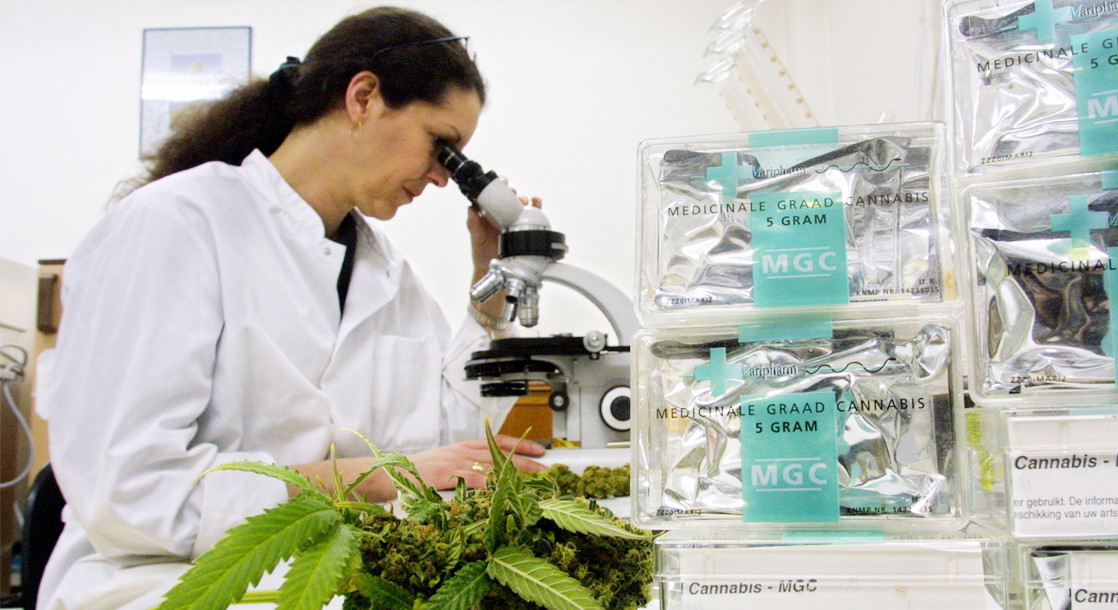We're all familiar with the effects that come with nice hit of that sweet sticky icky, but many tokers are unaware about the actual role that the different chemicals in marijuana play in creating that high. As it turns out, so are most cannabis researchers. Most industry leaders like to imagine that different strains contain hundreds of compounds that produce a certain feeling for users, whether that be of energy, relaxation, or anything else in between.
The unique composition that different types of marijuana strains produce when smoked is widely known as the “entourage effect,” a fusion of hundreds of chemicals that include THC, cannabidiol, terpenes, and flavonoids. Some researchers believe that these compounds work together to enhance or alter the psychoactive and medicinal properties of cannabis. In theory, this effect is enabled when growers crossbreed different strains, producing personalized plants that could tackle the needs of every user.
But the scientific validity on this so-called “entourage effect” is limited due to federal illegality, and some researchers are starting to doubt the impact of these different chemical combinations. Margaret Haney, a neurobiologist and cannabis researcher from Columbia University, recently expressed her hesitation about taking what growers say as gospel.
“The lay public has really taken on the notion of the entourage effect, but there’s not a lot of data. The cannabis field can say anything and it does. I’m not against marijuana. I want to study it carefully. We know it can affect pain and appetite but the large majority of what’s being said is driven by anecdotal marketing. These guys are really trying to make money,” she said to the science and tech magazine Scientific American.
Although double-blind clinical trials would help researchers dig down into the truth of this matter, these types of studies have been prevented by marijuana’s classification as a Schedule 1 drug.
Some scientists suggest that randomized clinical trials that give a portion of subjects real terpenes while serving other fake terpenes could help reveal the truth about the “entourage effect.” From what Haney has seen— in both her own research and through the work of others—there is evidence that possibly disproves the characteristic variety of strains and extracts.
She recently compared the effects of the plant with oral THC formulations, such as Marinol and Syndros. The neurologist’s results point towards there being very little difference between the two forms of cannabis. However, there are other viable arguments that support the “entourage effect,” particularly in regards to the way that non-THC cannabis impacts the cannabinoid receptors in the central nervous system.
Ethan Russo, a cannabis researcher in Washington State, recently conducted a study comparing 10 milligrams of pure THC and Sativex, a medication for multiple sclerosis that contains 48 milligrams of THC. He found that the pure THC created toxic psychosis in 40 subjects, while the CBD in the Sativex limited this same synergistic effect to just four patients.
These differing scientific views clearly stem from the lack of research, and the truth will remain muddled until more access is granted to scientists. Even Haney concedes that the entourage effect may very well be a real thing, but could also be caused by the placebo effect. Until federal laws allow these types of studies to be freely pursued, we will have to continue to wonder how different types of cannabis actually impact our mind and body.











